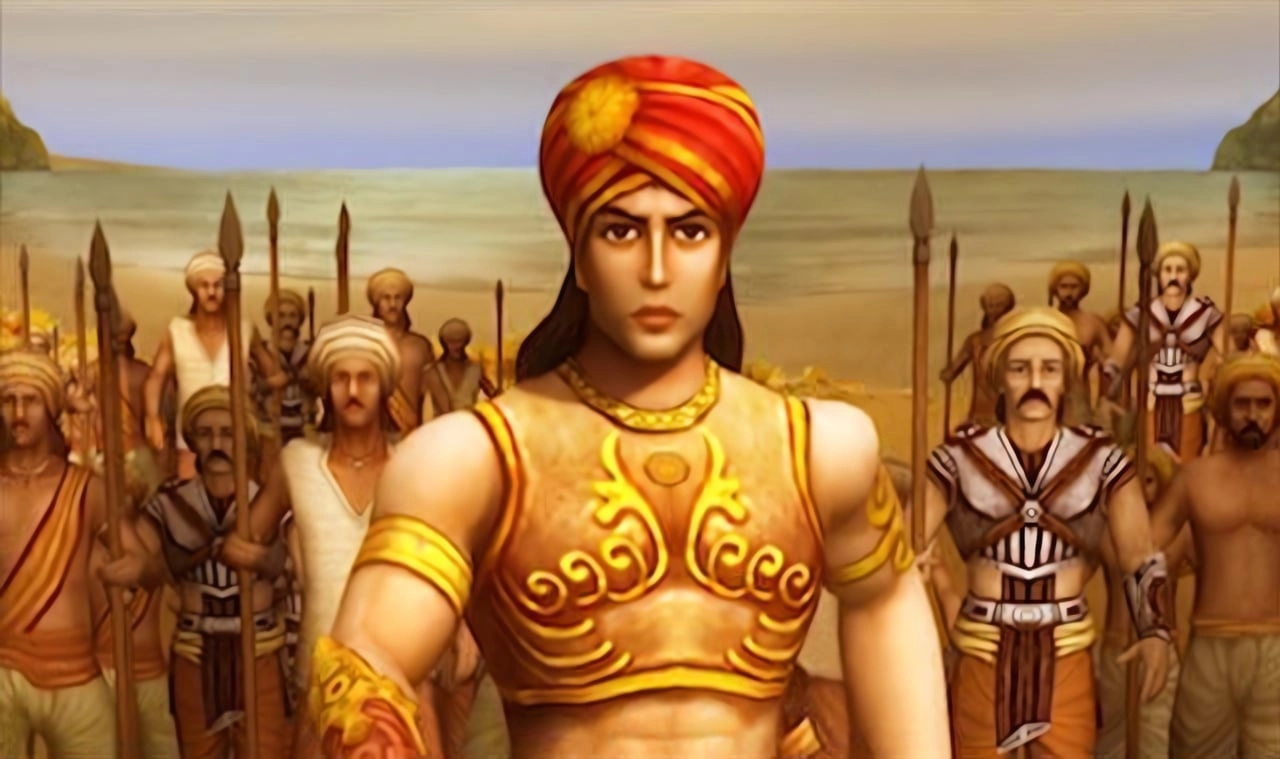
The world of video games is a vast landscape that spans continents, bridging cultures and traditions through the universal language of gaming. Beneath the surface of mainstream gaming cultures there exists a wealth of unique narratives waiting to be explored. As a writer and gaming enthusiast, I have always been intrigued by the rich tapestry of global gaming scenes, from my initial professional writings in GamesTM to my contributions at Hardcore Gaming 101.
In this context, I stumbled upon an interesting title that struck a chord due to its deeply Indian roots and localized development: Chandragupta: Warrior Prince. Released exclusively in India on the PSP in 2009 and the PS2 in 2011, this game immediately piqued my curiosity. The lack of widespread information, coupled with my passion for exotic gaming markets, prompted me to look closer.
From the onset, the game reveals its cultural prowess, offering players the choice to engage in English or Hindi. The story is brought to life by actor Pralay Bakshi, leading players through the life and exploits of Chandragupta Maurya, the renowned emperor of ancient India. Like a 2.5D evolution of Prince of Persia, the player engages in sword combat, solves puzzles, and maneuvers through platforming challenges enriched by a light RPG-style upgrade system.
The development of indigenous Indian-made games has remained largely undocumented, with titles like PC FPS Yoddha: The Warrior (1999) and Bhagat Singh (2002) existing as rare examples. It was not until Sony-licensed games like Hanuman: Boy Warrior and Street Cricket, that locally flavored games began to appear for the Indian market. Chandragupta, developed by Immersive Games, stands as a significant piece in this evolution.
This brings us to Pascal Luban, a French game designer with a credit list that includes the likes of Alone in the Dark and Splinter Cell, whose involvement in Chandragupta was at once surprising and enlightening. Despite his credentials, you won't find this title listed on his personal website. According to Luban, while he wrote the entire game design, the execution did not meet his expectations, leaving the implementation "catastrophic."
Luban’s remote affiliation with the project speaks to the challenges of game development across borders. With the management based in the UK and the development team in India, the game was initially tailored for the Indian market, yet harbored hopes of reaching PSP owners internationally due to its PSP release, evident from the PEGI rating on the PS2 version.
The game's failure in execution, largely attributed to inexperienced level design, represents a missed opportunity. Yet even in its flaws, there's an undeniable appeal to the game’s setting, learning opportunities, and cultural authenticity that transcends the lackluster gameplay. The attention to detail in the art, music, and overall atmosphere demonstrates a remarkable level of care in representing Indian culture and history.
Chandragupta's life is unraveled through hand-drawn cutscenes that capture the essence of an era long gone, rendered with a dedication to authenticity that is rare in a medium frequently dominated by Western and Japanese historical narratives. Luban's work, despite the outcome, contributed to a game that had ambitious cultural aspirations, providing children with an educational window into their own heritage and possibly inspiring international audiences to look beyond our familiar, well-worn settings.
The importance of game developers using cultural histories as a source of inspiration cannot be overstated. As with Chandragupta: Warrior Prince, the infusion of under-represented traditions and folklore can breathe new life into a creative industry that often falls back on its laurels. While this particular title may have fallen short in execution, it stands as a testament to the possibility of gaming as a medium for cultural expression and education, bridging the gap between the bygone epochs of history and the digital realms of today. It urges us to look forward to more stories being told from often overlooked corners of the world, each with their own unique heritage eager to be shared through the interactive experiences of gaming.
You must be logged in to post a comment!